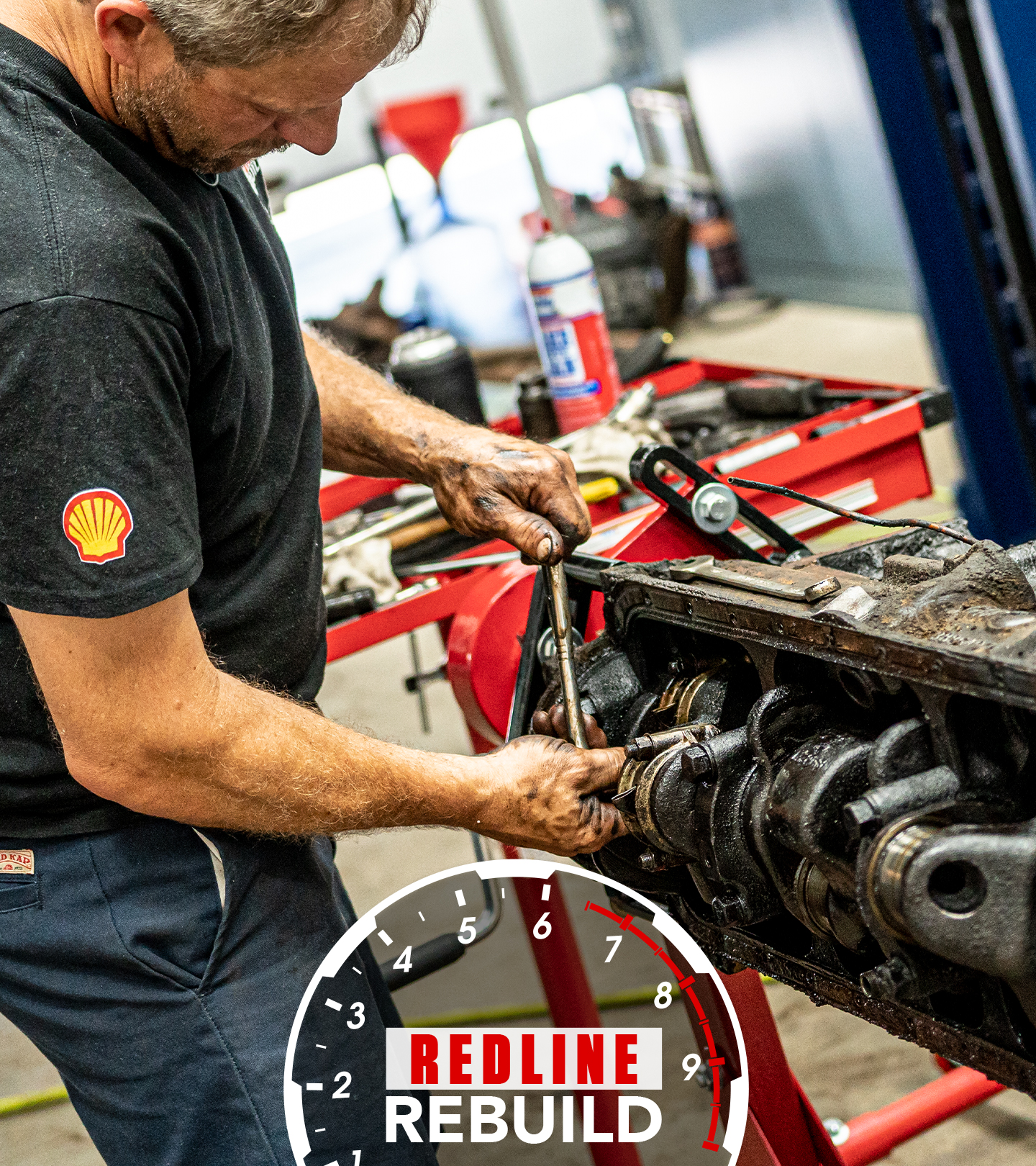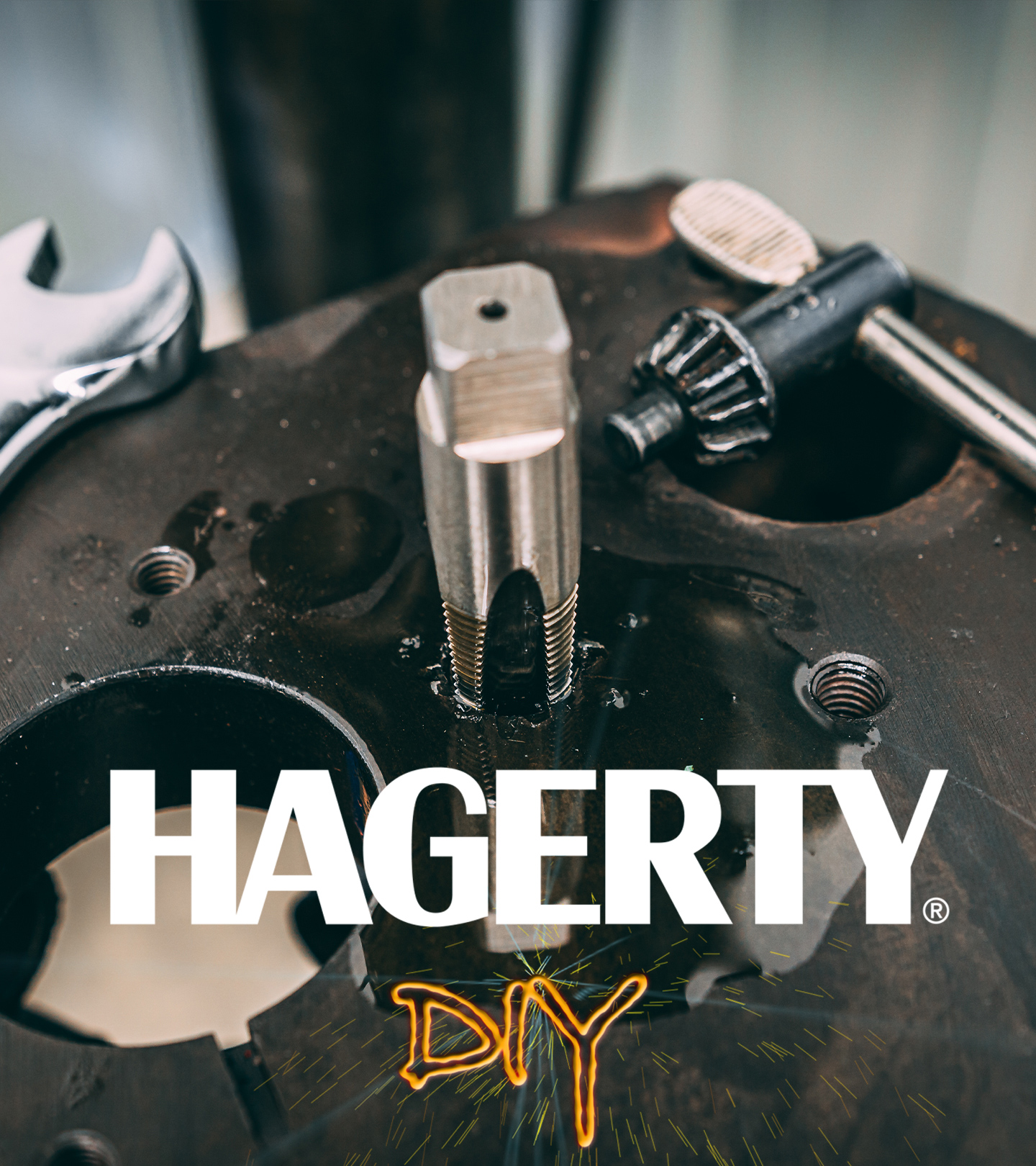Enjoy Season 4 stories, opinion, and features from across the car world - Hagerty Media
As the world anticipates the arrival of the 2023 Nissan Z to showrooms, we thought we’d let Chip Foose give it a go. On paper.
The seventh iteration of the iconic sports car, the continuation of a line that began with the 240Z, not only has a shortened name—it’s just Z—but also a slightly different body line, which Chip thinks he can improve upon.
“Typically, I’m looking at a car and looking at what I would do with it,” he says on the latest episode of Chip Foose Draws a Car. “What I want to do here is a design critique, based on what the new Z is and what it may have been. I’m looking at the heritage of what the Z started as, what it has evolved into, and what it is today.”
Chip says nothing beats the original design of the 1970 Datsun 240Z.
“When I look at the first one, this is just a classic, beautiful design,” he says. “I love this car to this day.”
Chip says the grille maintains the feel of the original, but the headlights and rear quarter panels are noticeably different. “I have a hard time with (the headlights) not following the fender line. And the rear quarter is much longer behind the door. I like the shorter distance much better, with the long tail.”
Of course, Chip just has to make some changes. By the time he is finished drawing, the wheels have shifted forward, the car has a longer tail, and it has a more tapered body.
“I love the fact that Nissan is still playing with the Z,” he says. “For $40,000 (and) 400 horsepower, this is going to be a lot of fun.” But … “If somebody wants to spend a little money, let’s turn it into this car.”
— Jeff Peek











